- All categories
- Integrated Circuits (ICs)
- Development Boards, Kits, Programmers
- Discrete Semiconductor Products
- Power Supplies - Board Mount
- RF and Wireless
- Sensors, Transducers
- Memory Cards, Modules
- Audio Products
- Circuit Protection
- Crystals, Oscillators, Resonators
- Filters
- Isolators
- Kits
- Maker/DIY, Educational
- Optoelectronics
- Power Supplies - External/Internal (Off-Board)
- Relays
- Resistors
- Test and Measurement
- Uncategorized
- Inductors, Coils, Chokes
- Motors, Actuators, Solenoids and Drivers
- Switches
- Embedded Computers
- Capacitors
- Transformers
- Battery Products
- Products
- All categories
-
Integrated Circuits (ICs)
-
Embedded
- FPGAs (Field Programmable Gate Array)
- Microcontrollers
- CPLDs (Complex Programmable Logic Devices)
- FPGAs (Field Programmable Gate Array) with Microcontrollers
- PLDs (Programmable Logic Device)
- Microcontrollers, Microprocessor, FPGA Modules
- System On Chip (SoC)
- Application Specific Microcontrollers
- DSP (Digital Signal Processors)
- Microprocessors
-
Interface
- Drivers, Receivers, Transceivers
- Sensor and Detector Interfaces
- Analog Switches - Special Purpose
- Analog Switches, Multiplexers, Demultiplexers
- CODECS
- Controllers Interface ICs
- Direct Digital Synthesis (DDS)
- Encoders, Decoders, Converters
- Filters - Active
- I/O Expanders
- Modems - ICs and Modules
- Modules
- Sensor, Capacitive Touch
- Signal Buffers, Repeaters, Splitters
- Signal Terminators
- Specialized
- Telecom
- Serializers, Deserializers
- UARTs (Universal Asynchronous Receiver Transmitter)
- Voice Record and Playback
- Memory
-
Power Management (PMIC)
- DC DC Switching Controllers
- Display Drivers
- Full Half-Bridge Drivers
- Gate Drivers
- LED Drivers
- Motor Drivers, Controllers
- Power Distribution Switches, Load Drivers
- Power Management - Specialized
- Power Supply Controllers, Monitors
- Special Purpose Regulators
- Supervisors
- Voltage Regulators - DC DC Switching Regulators
- Voltage Regulators - Linear
- Voltage Regulators - Linear + Switching
- AC DC Converters, Offline Switches
- Battery Chargers
- Battery Management
- Current Regulation/Management
- Energy Metering
- Hot Swap Controllers
- Laser Drivers
- Lighting, Ballast Controllers
- OR Controllers, Ideal Diodes
- PFC (Power Factor Correction)
- Power Over Ethernet (PoE) Controllers
- RMS to DC Converters
- Thermal Management
- Voltage Reference
- Voltage Regulators - Linear Regulator Controllers
- V/F and F/V Converters
- Specialized ICs
- Audio Special Purpose
- Clock/Timing
- Data Acquisition
- Linear
-
Logic
- Buffers, Drivers, Receivers, Transceivers
- Comparators
- FIFOs Memory
- Flip Flops
- Gates and Inverters
- Gates and Inverters - Multi-Function, Configurable
- Multivibrators
- Shift Registers
- Signal Switches, Multiplexers, Decoders
- Translators, Level Shifters
- Latches
- Specialty Logic
- Counters, Dividers
- Parity Generators and Checkers
- Universal Bus Functions
-
Embedded
-
Development Boards, Kits, Programmers
- Accessories
- Evaluation and Demonstration Boards and Kits
- Evaluation Boards - DC/DC & AC/DC (Off-Line) SMPS
- Evaluation Boards - Expansion Boards, Daughter Cards
- Evaluation Boards - LED Drivers
- Evaluation Boards - Sensors
- Evaluation Boards - Embedded - Complex Logic (FPGA, CPLD)
- Evaluation Boards - Embedded - MCU, DSP
- Programmers, Emulators, and Debuggers
- Software, Services
- Evaluation Boards - Analog to Digital Converters (ADCs)
- Evaluation Boards - Audio Amplifiers
- Evaluation Boards - Digital to Analog Converters (DACs)
- Evaluation Boards - Linear Voltage Regulators
- Evaluation Boards - Op Amps
- Programming Adapters, Sockets
- RF Evaluation and Development Kits, Boards
- RFID Evaluation and Development Kits, Boards
-
Discrete Semiconductor Products
- Power Supplies - Board Mount
-
RF and Wireless
- RF Amplifiers
- Attenuators
- RF Accessories
- RF Demodulators
- RF Detectors
- RF Front End (LNA + PA)
- RF Misc ICs and Modules
- RF Mixers
- RF Modulators
- RF Power Controller ICs
- RF Power Dividers/Splitters
- RF Receivers
- RF Shields
- RF Switches
- RF Transceiver ICs
- RF Transceiver Modules and Modems
- RF Transmitters
- RFID, RF Access, Monitoring ICs
- RFID Transponders, Tags
- RF Multiplexers
- RF Receiver, Transmitter, and Transceiver Finished Units
- RF Antennas
- RFI and EMI - Contacts, Fingerstock and Gaskets
- RFID Reader Modules
- RF Circulators and Isolators
- RF Directional Coupler
- Balun
- Subscriber Identification Module (SIM) Cards
- RFID Accessories
- RFID Antennas
-
Sensors, Transducers
- Current Sensors
- Magnetic Sensors
- Position Sensors
- Specialized Sensors
- Temperature Sensors
- Motion Sensors
- Multifunction
-
Optical Sensors
- Ambient Light, IR, UV Sensors
- Image Sensors, Camera
- Photodiodes
- Distance Measuring
- Photointerrupters - Slot Type - Transistor Output
- Phototransistors
- Reflective - Analog Output
- Reflective - Logic Output
- Photo Detectors - Logic Output
- Photointerrupters - Slot Type - Logic Output
- Photoelectric, Industrial
- Camera Modules
- Photo Detectors - Remote Receiver
- Sensor, Transducer Accessories
- Sensor, Transducer Amplifiers
- Color Sensors
- Encoders
- Encoders - Industrial
- Touch Sensors
- Pressure Sensors, Transducers
- Flow Sensors
- Gas Sensors
- Pressure Sensors, Transducers - Industrial
- Float, Level Sensors
- Magnets
- Proximity Sensors
- Flow Sensors - Industrial
- Humidity, Moisture Sensors
- Memory Cards, Modules
- Audio Products
- Circuit Protection
- Crystals, Oscillators, Resonators
- Filters
- Isolators
- Kits
- Maker/DIY, Educational
-
Optoelectronics
- Circuit Board Indicators, Arrays, Light Bars, Bar Graphs
- Fiber Optic Transceiver Modules
- LED Character and Numeric
- COBs, Engines, Modules, Strips
- Color LED Lighting
- Display Bezels, Lenses
- Fiber Optic Receivers
- Fiber Optic Transmitters - Discrete
- Fiber Optic Transmitters - Drive Circuitry Integrated
- Laser Diodes, Modules
- LED Dot Matrix and Cluster
- LED Emitters - Infrared, UV, Visible
- LED Indication - Discrete
- Lenses
- Optoelectronics Accessories
- White LED Lighting
- Incandescent, Neon Lamps
- Fiber Optic Switches, Multiplexers, Demultiplexers
- Ballasts, Inverters
- LCD, OLED, Graphic
- LCD, OLED Character and Numeric
- Display, Monitor - LCD Driver/Controller
- Power Supplies - External/Internal (Off-Board)
- Relays
- Resistors
- Test and Measurement
- Uncategorized
- Inductors, Coils, Chokes
- Motors, Actuators, Solenoids and Drivers
- Switches
- Embedded Computers
- Capacitors
- Transformers
- Battery Products
- Manufacturers
- Services
- Industries
- Top-Quality Commitment
- Resources
Motors, Actuators, Solenoids and Drivers(21)
What Are Motors?
Motors are like the engines of the electronic world. They are devices that convert electrical energy into mechanical motion, powering anything from car windows to drones. But wait, there's more!
Types of Motors
DC Motors: These are like the workhorses of the motor world, running on direct current and perfect for applications where precise control is needed.
AC Motors: Alternating current motors are the go-to for heavy-duty work, like running conveyor belts or industrial pumps.
Stepper Motors: Ever seen a 3D printer in action? Chances are it uses stepper motors, which move in precise steps, making them ideal for precision tasks.
Servo Motors: If you want pinpoint accuracy, servo motors are your best friend. They're the secret behind those ultra-precise robot arms.
What Are Actuators?
Actuators are all about making things move or respond to stimuli. They're like the puppeteers behind the scenes, making your devices dance to their tune.
Types of Actuators
Linear Actuators: These push or pull objects in a straight line, found in applications like adjustable desks and recliners.
Rotary Actuators: If you need something to spin around, like a camera turret on a security system, rotary actuators are your go-to.
Piezoelectric Actuators: These tiny wonders generate motion by applying voltage, commonly used in inkjet printers for precise droplet placement.
Pneumatic Actuators: Using compressed air, these actuators are the muscle behind things like automated door openers and car brakes.
What Are Solenoids?
Solenoids might sound mysterious, but they're simply coils of wire that generate a magnetic field when electricity flows through them. This magnetic force then moves a plunger or arm, creating mechanical motion.
Types of Solenoids
Push-Pull Solenoids: These push or pull a plunger when energized, used in applications such as locks and pinball machines.
Rotary Solenoids: They make things rotate, often found in vending machines to dispense snacks or drinks.
Tubular Solenoids: Shaped like a cylinder, they are great for tasks like valve control in water and gas systems.
Latching Solenoids: These clever solenoids hold their position without continuous power, making them energy-efficient for tasks like door locks.
What Are Motors Drivers?
Motors need direction, and that's where motor drivers come into play. They're like the conductors of an orchestra, ensuring that the motors play the right notes.
Types of Motor Drivers
H-Bridge Motor Drivers: These versatile drivers can control the direction and speed of DC motors, making them perfect for robotics.
Stepper Motor Drivers: Tailored for stepper motors, these drivers precisely move the motor to specific positions.
Brushless DC Motor Drivers: Ideal for applications where efficiency and reliability are paramount, like electric fans and drones.
FAQs on Motors, Actuators, Solenoids, and Drivers
Q1: Are motors and actuators the same thing?
Nope, they're not! Motors generate motion by themselves, while actuators move or control objects in response to an external signal.
Q2: Can I control a DC motor with an AC motor driver?
Sorry, but no. DC motors need DC motor drivers, and AC motors require AC motor drivers. Using the wrong driver is like trying to fit a square peg into a round hole!
Q3: Do solenoids always need power to stay engaged?
Not necessarily. Latching solenoids can hold their position without continuous power, saving energy and making them perfect for certain applications.
Q4: How do I choose the right motor or actuator for my project?
Consider factors like torque, speed, and power source compatibility. And of course, don't hesitate to reach out to a distributor like us for expert guidance!
Popular Manufacturers
View all manufactures MorePopular Parts Number
More Electronic Parts More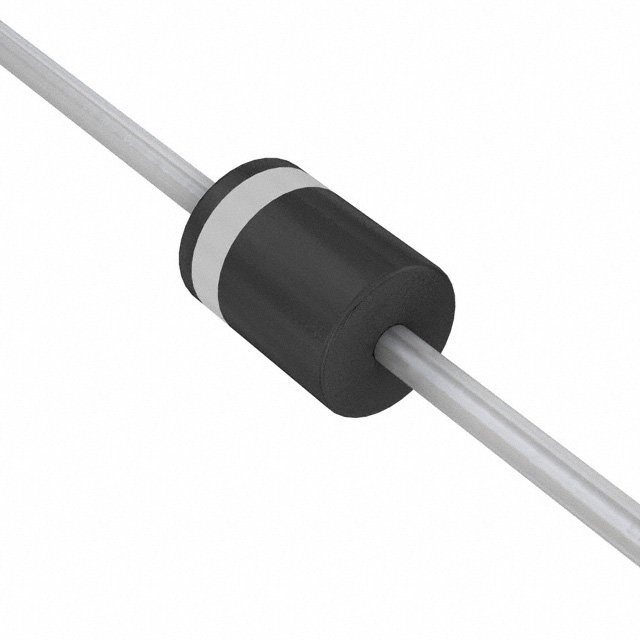
5KP36A-E3/54
TVS DIODE 36VWM 58.1VC P600
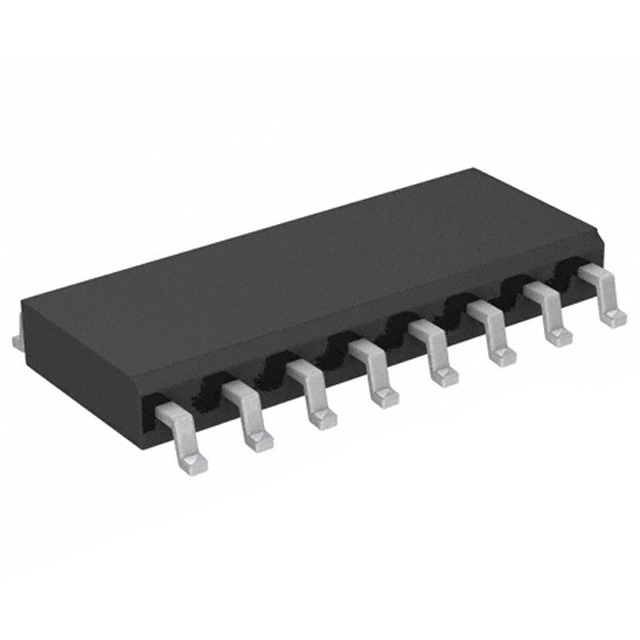
SY100EL57LZC
IC MULTIPLEXER 4 X 2:1 16SOIC

LM3710XKBP-463
IC SUPERVISOR 1 CHANNEL 9USMD
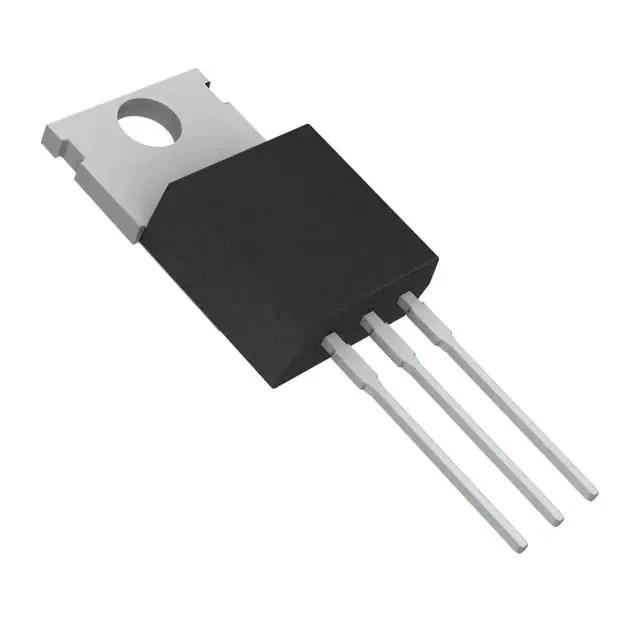
IRG4BC30FPBF
IRG4BC30F - 600V FAST 1-8 KHZ DI
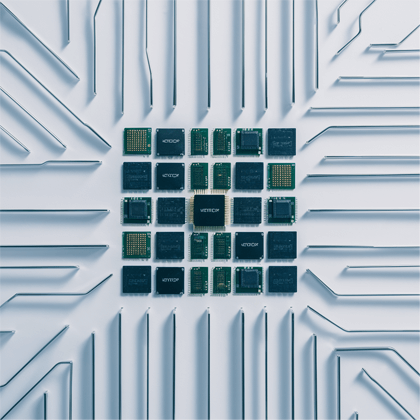
5962-9958302QPA
PWM CONTROLLER WITH WIDE INPUT R
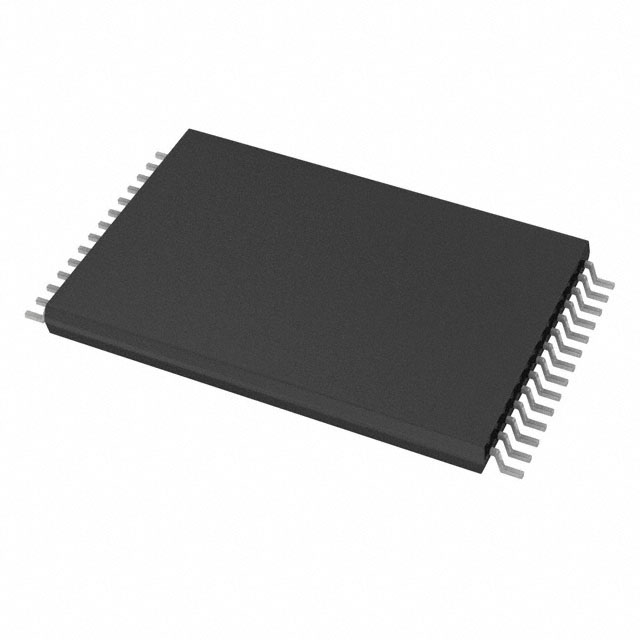
AT29LV256-15TC
IC FLASH 256KBIT PARALLEL 28TSOP

MSA00022PWR
PROTOTYPE
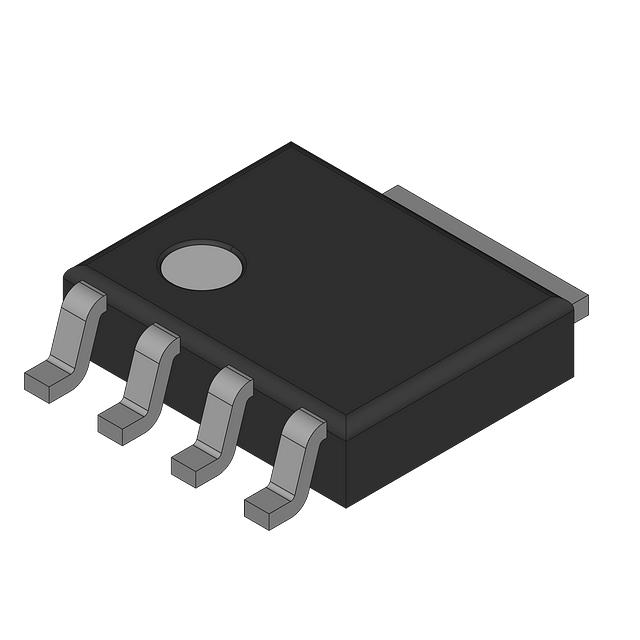
PSMN014-80YLX
PSMN014-80YL - N-CHANNEL 80V, 14
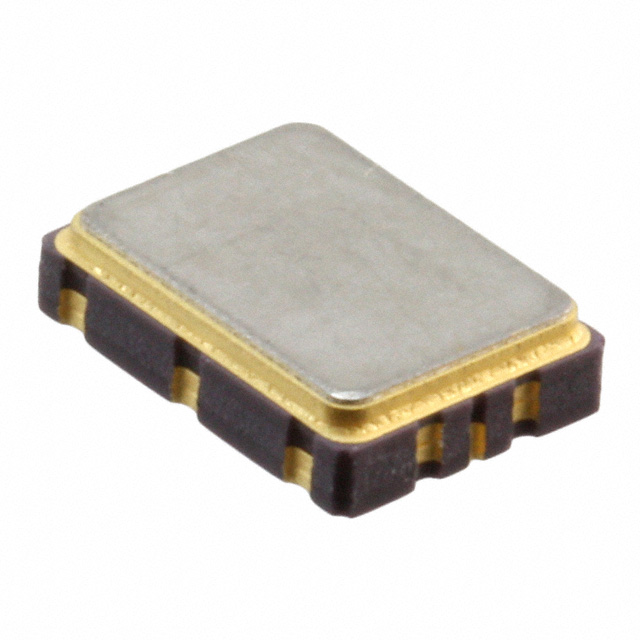
570ACA000732DG
XTAL OSC XO 10.0000MHZ LVPECL
.jpg)
RC3225F1580CS
RES 158 OHM 1% 1/3W 1210






